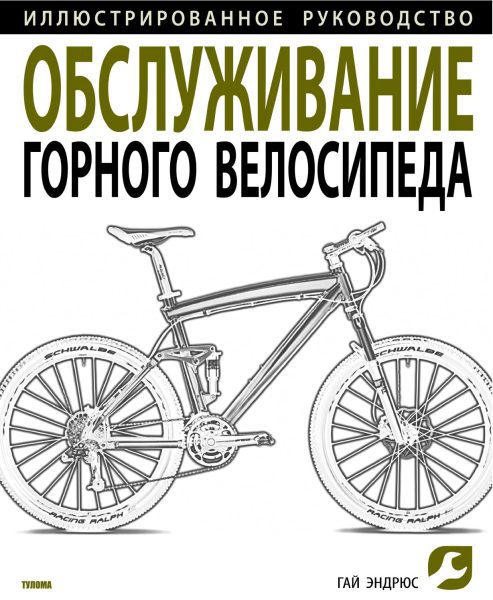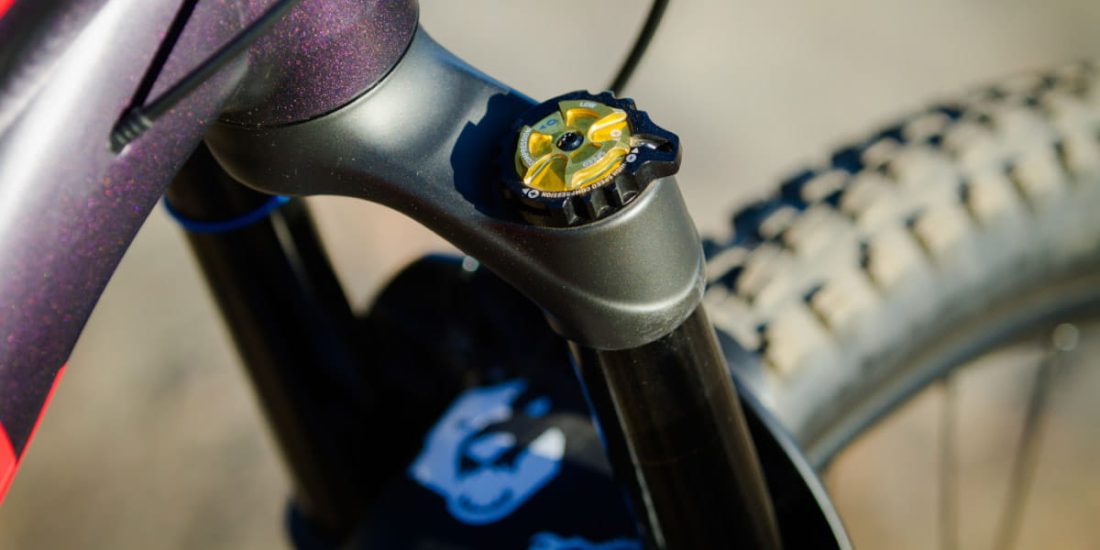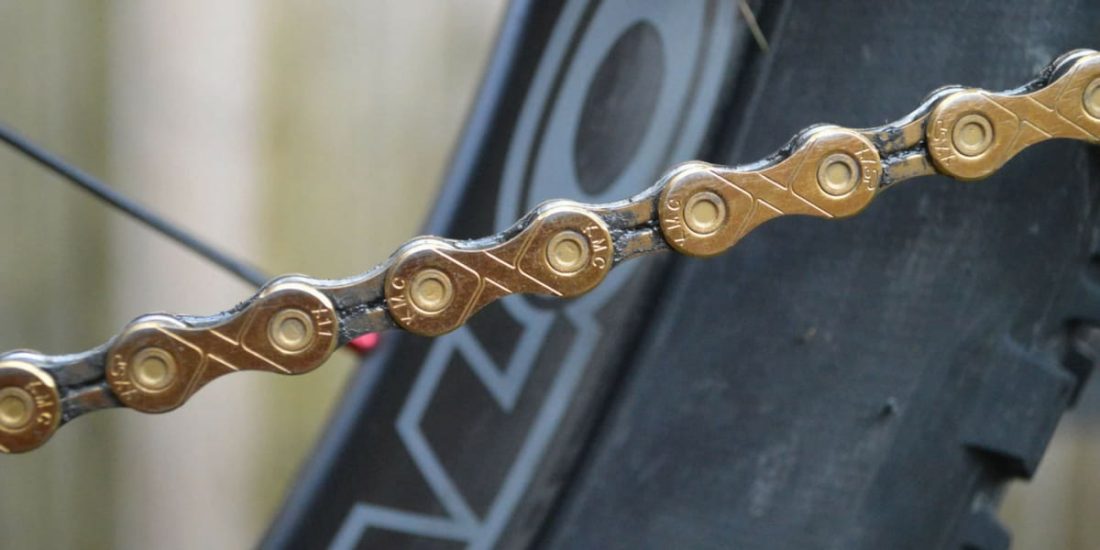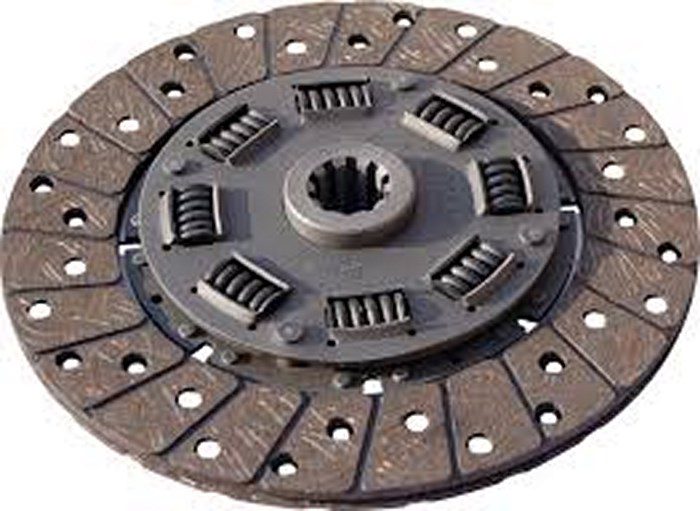
Used mountain bike: everything you need to check so you don't get fooled
Content
The price of mountain bikes has skyrocketed in recent years, technological advances that are always more innovative, faster and more fun for practitioners, prompting them to look at a used park offering to benefit from an affordable mountain bike.
However, before committing to the act of purchase, it is necessary to check several important points before making the act of purchase.
The principle remains simple: check the general condition, if the bike is not stolen, and get the right price.
Pay attention to the warranty: it is obviously intended for the first purchaser only, so you must confirm maintenance and rely on the overall good condition of the bike.
Of particular benefit to us will be:
- request a purchase invoice,
- check if the bike was purchased
- maintenance bills by a professional (fork, brakes, shock absorber, etc.).
- ask the seller practical questions:
- is it first-hand?
- what is the reason for the sale?
- do a full check in good lighting
- ask, where is the bike usually stored? (Beware of damp basements!)
Checkpoints

Frame
This is the most important element:
- be sure to check that this is your size and weight,
- general condition: paint, rust, possible impacts,
- welding points or glue joints for carbon frames,
- for frames made of composite materials, check that there is no breakage of carbon and fiber,
- any deformation of the upper horizontal tube, lower bracket and rear triangle (seatpost and chainstays),
Be careful, as is the case with cars, to beware of trimmed and reapplied serial numbers and repainted frames.
Bicycle identification is required.
From January 1, 2021, all new bicycles sold must have a unique number registered in the National File of Identified Cycles (FNUCI). This obligation applies to used models sold by professionals from July 2021.
However, identification is not required for children's bicycles (<16 inches).
In the event of a resale, the owner must notify the authorized operator who provided the identifier and provide the buyer with information allowing access to the file so that he can record data concerning him.
When a bike changes the situation: theft returned after theft, disposal, destruction or any other change in status, its owner must inform the authorized operator within two weeks.
All identifiers are stored in a database that contains the name, name or company name of the owner, as well as various information that identifies the bike (for example, a photo).
For more information: Ordinance No. 2020-1439 of 23/11/2020 on the identification of cycles, JO of 25 November 2020
There are several actors:
- Paravol
- Bicycode
- Recobike
Please note that engraving carbon or titanium frames is not recommended, it is better to have a "non-removable" sticker.
The bike status displayed in a single national file is available free of charge thanks to the cycle ID. Thus, when buying a used bike between individuals, the buyer can check if the bike has been declared stolen.
For example, identifying the type of sticker: the sticker is linked to the serial number engraved on the frame. Everything is in a national database available to the police. Your bike is stolen, you will report it via the online service. Even if you remove the sticker, the bike is found by the frame number. Then you can find your bike. The police have millions of unclaimed bicycles. There you will be contacted and you will find out that it has been found.
Seat tube
Extend the seat tube fully and make sure it is not too short when adjusting the bike for your height. There should be at least 10 cm that penetrate the inside of the frame. Below you risk breaking the frame.
Ball bearings and axles
These are heavily loaded parts that are afraid of moisture, rust and sand, so they deserve special attention when checking.

Management
It should not offer any resistance when you lift the front wheel against the rear wheel by turning the handlebars from left to right. Then, with the mountain bike on two wheels, lock the front brake: there should be no backlash in the steering, fork, or brakes ...
Frame hinges (especially for mountain bikes with full suspension)
The rear triangle can move around various pivot points, allowing the shock to operate. Thus, to ensure that there is no play, hold the bike firmly in one hand while holding the frame laterally with the other hand and making a shearing motion: nothing should move. Raise the ATV by holding the back of the saddle, placing the wheels on the ground and release. This movement with a greater or lesser amplitude allows you to control the absence of backlash in the vertical plane.
Pendants
Branching

Check the condition of the surface of the plungers (shock absorber tubes): they should not be scratched, they should slide smoothly and silently under pressure on the steering wheel. There should be no backlash from front to back.
If you can, ask to remove the stem to check the fork tube height ... This removes the surprise of the fork tube being too short because some have an easy saw stroke 😳.
Shock absorber (for mountain bikes with full suspension)
As you lift your weight, test the shock piston by jumping onto the bike sitting on the saddle, it should slide perfectly and silently, sink and return smoothly.
For these checks, don't forget:
- Dust seals / bellows must be clean and in good condition;
- Rear mountings, small pivot pin and rocker arm must be free of play;
- No oil leaks or deposits on hoses, etc. should not be present;
- If the shock absorber has adjustments, use them to make sure they work correctly (blocking, rate of drop or rebound).
Consider requesting all overhaul invoices (about once a year) or parts invoices if the owner performed maintenance himself (if he bought items online, this shouldn't be a problem for him).
Connecting rods and transmission
Check the condition of the chainrings and gears: make sure that the teeth do not bend or break.
Chain
Its elongation is a sign of wear. You can check its wear with a tool or by more experience: clamp the chain link at the level of one of the sprockets and pull it out. If you can see the top of the tooth, the chain should be replaced because it is worn out. We will talk about this in our article on wearing chains.

Shifters and gear shifting
Check the alignment of the derailleur with the chain axis and ensure that the rear derailleur hanger is not twisted. If front and rear are ok, check that there is no play and that the return springs are working properly. Then, on all plates, check the change in maximum speed. If there is a problem, check if the shifters are working: it is not possible to cross gears as much as possible on some brands of triple chainrings. It is very important not to forget to check the rear derailleur rollers: cleanliness is the key to good care. Finally, finish by checking the shift levers, indexing and condition of the cables and shrouds.
Checking the condition of the brakes
All latest ATV models are equipped with hydraulic disc brakes.
- Check the condition of the pads;
- Check the condition of the discs, that they are not deformed or hollowed out, and that the screws that attach to the hub are not tightened;
- Make sure there is no friction when rotating.
The brake levers should not be too soft or too hard under the fingers; too much flexibility may mean there is air in the hydraulic system. This in itself is not serious, but it will be necessary to provide for purging and fluid replacement, which is a simple technical step, but requires equipment.
Attention, if the pumping is done poorly, the metal parts of the hoses are oxidized ...
Checking the condition of the wheels
First remove the wheels and rotate them around the axle to check the condition of the bearings and pawl.
The rhythm should be regular, without resistance. There should be no clicks or clicks in the tempo, otherwise the spring or lever will be damaged. Basically, it shouldn't scratch under your fingers when you spin the wheel.
Check :
- no veiled wheel or beams
- no backlash between the cassette and the hub housing (due to the pawl stop)
- condition of fastening nuts
- tire condition and stud wear
Then reinstall the wheels on the bike, check the rims for lateral stiffness and lack of play (check the spoke tension if you have experience!)
ATV test
Put yourself in the shoes of the seller, he will be afraid that you will not return ... so give him a guarantee (leave him, for example, an identity document).
First, try cycling on the road, then you will have to keep a close eye on the noise. Brake, shift gears and make sure everything runs smoothly without any strange noise. Then sit in a dancer on an uneven road to gauge the rigidity of the frame. Make good use of all parts of the ATV and in all possible configurations.
Don't put yourself in danger of damaging the bike, or it's for you!

Replacement of wearing parts
It is always necessary to plan an additional budget for its safety and take into account:
- service suspensions
- pump the brakes
- change brake pads
- uncover wheels
- change tires
- change channel and cassette
Negotiate a price
Identify negative points to keep your price down. To do this, feel free to claim that a discount is required with the extra service you have to perform (yet do not overdo it, for reference, a simple service costs less than € 100, on the other hand if it is equipped with a purge of all hydraulics (suspensions, brakes, saddles ), which can cost up to 400 €).
Conclusion
Like buying a car, buying a used ATV requires common sense and some technical knowledge. If you are unsure, ask a professional: the bike may be a little more expensive, but in good condition, with an invoice and possibly a guarantee.
However, remember that you can only trust what the seller says to know about the ATV's past, and you have little or no remedy in the event of a problem if you buy it from a private individual.

